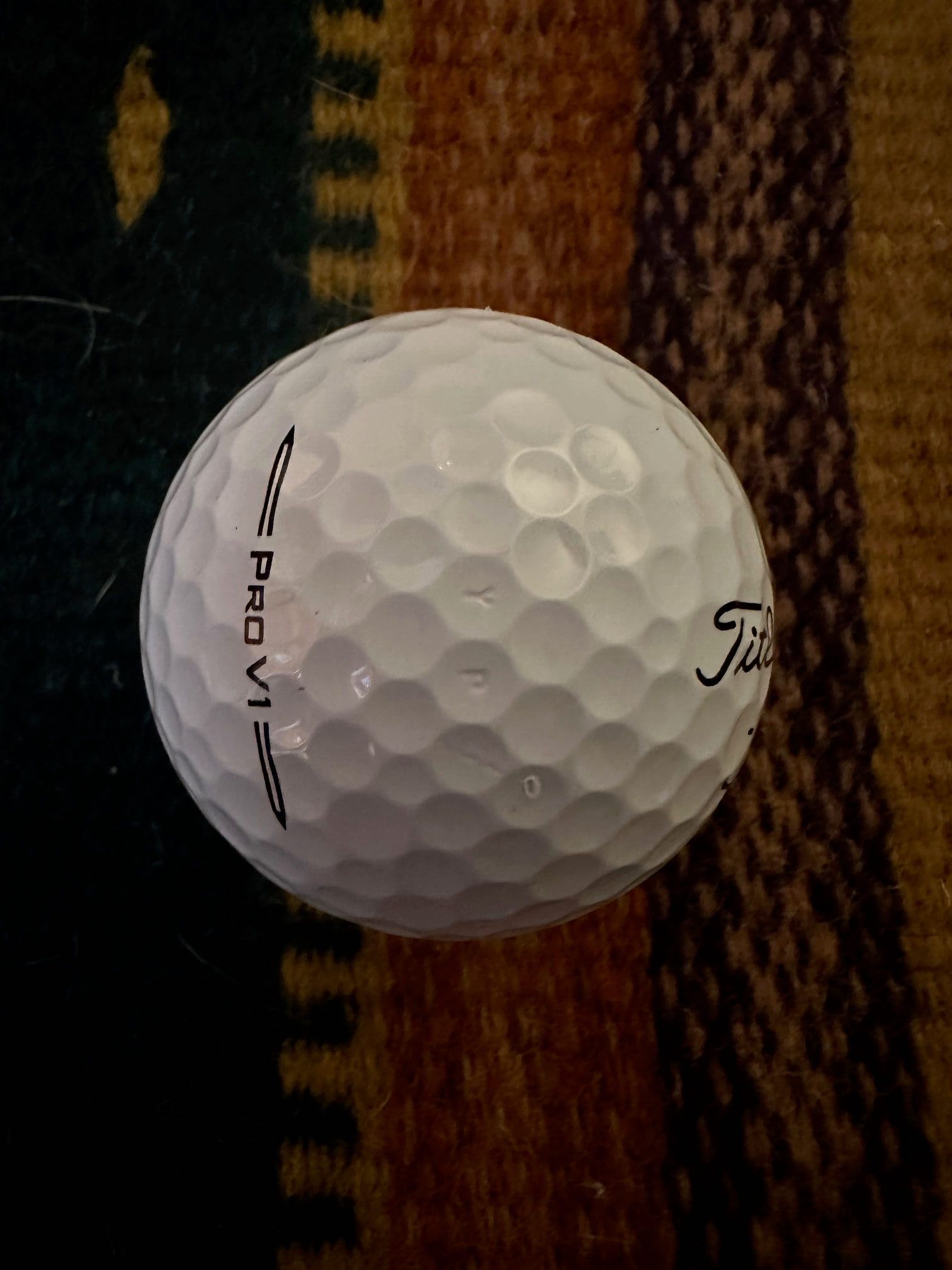PGA Tour News: Golf Ball Rollbacks May Impact Amateurs & Fans
Written by: Tony Schwartz
Last Updated: December 13, 2023
Big news is rolling out about golf ball conformity and it could very well impact players at every level of the sport. Eventually. And only if you have a swing speed of 125 mph or greater.
The USGA and Royal and Ancient Golf Club at St. Andrews (R&A), a governing body in golf primarily responsible for overseeing the rules and regulations of the sport worldwide, excluding the United States and Mexico. Together with the United States Golf Association (USGA), they are revamping golf ball conformity testing, which was first reported by GolfDigest.com's Mike Stachura.
Essentially, the governing bodies of golf are rolling out a revision to the way golf balls are tested to see if they conform to the rules. The Overall Distance Standard would increase the swing speed to 125 mph. Currently, golf balls are tested at a standard of 120 mph. While increasing the swing speed, the test would not change the distance limit of 317 yards.
As a general rule of thumb, you can assume that an increase in swing speed by 1 mph will achieve 2.5 yards additional yards. An increase of 4 mph in swing speed will generally produce 10 extra yards.
Going back to the announcement from the USGA and R&A, if the swing speed to test golf ball conformity increases by 5 mph and the distance limit remains at 317 yards, one can reason to believe that the ball will fly an extra 12.5 yards which would exceed the limit and that particular golf ball would not conform to the new rules which are expected to go into effect beginning in 2028.
When The New Rules Go Into Effect & Who Is Impacted By Them
The new rules for golf balls will be taken into effect in 2028 when golf balls used by elite players and amateur players will differ. For elite players, the balls used will be required to pass the Overall Distance Standard at the newly set swing speed of 125 mph. Shots that may have previously traveled 200 yards would now travel 190, for example.
Then, two years later, the Rules of Golf will stipulate that all golf balls played at the elite level will be approximately 15 yards shorter. This would effectively incorporate bifurcation since the effects impact people with 125 mph swing speeds or greater at about 5% of total distance.
Not sure anyone else has posted. And I ain’t reading it, but here ya go. pic.twitter.com/laUr7bwkIi
— Monday Q Info (@acaseofthegolf1) December 6, 2023
Bifurcation is a reference to different rules applying for different levels of players which is a polarizing topic in the world of golf. Tiger Woods said that he is in favor of bifurcation and compared the use of metal bats to wooden bats as a comparable example. Others are not as in favor of bifurcation such as the PGA Tour and PGA of America.
On one hand, Tiger has it right. We see this in other sports and so it makes a lot of sense that the most elite in the sport have different rules applying to them. After all, the moment I start watching a PGA Tour professional playing golf is the same moment I recognize that these players are built differently than me. They're undeniably better than me and they should be playing 7,000+ yards on every one of the most challenging courses in the world.
The proliferation of distance maximization in the sport of golf has come at the cost of skills that were essential in other eras. One of those disappearing skills is mid-to-long iron play. As we hit the ball longer, we'll have shorter irons into the greens. And now, with the onset of stronger lie angles on golf clubs and irons, every iron is flying further than any of its predecessors. That to say golfers are using more 7 irons through pitching wedges for approach shots than ever before.
The golfers most affected by this rollback are the elite players. As your golf game progresses and you have your yardages very dialed in, any changes to those distances can cause disruption in your game. On the flip side, elite players are equipped with extremely well-balanced golf skills that allow them to produce quality shots in a number of different scenarios and with many or all of the golf clubs in their bag. So while they may need to club up on approach shots, the reality is that they are best equipped at handling that adjustment.
The average golfer shouldn't be as affected by these golf ball rollbacks. Generally speaking, a 5% yardage difference per club for the average golfer will not have a drastic impact on their game. Yes it will result in new distances for your clubs, but those differences will be nominal. If your swing speed is closer to the averages of amateur golfers by gender then you should not notice much difference at all.
Will These Changes Affect Golf Fans?
It certainly may have an effect on some golf fans who love to see bombs off the tee or long hitters accomplishing unfathomable distances with every club in their bag. I get some personal enjoyment within my golf fandom from bearing witness to long hitters. Distance is one thing that separates amateur golfers from advanced players, and there is a certain allure to watching elite golfers hit golf balls further than many of us could ever imagine.
One of the metrics we'll be paying attention to is whether average scoring at the elite level is impacted when bifurcation rolls out. If the average score at the elite level goes up at the same time that elite players lose 5% on their yardages then we may be able to draw the conclusion that elite players are more reliant on distance than we may have thought for achieving better than average scoring. On the other hand, if average scoring goes down after the rules go into effect, well, then we may just have to surrender to the fact that nothing can stop the best golfers in the world from doing what they do best. Not even separate rules.
At the end of the day for Planet Divot, this announcement about golf ball rollbacks only makes us more curious and engaged with golf. Bring it on!

